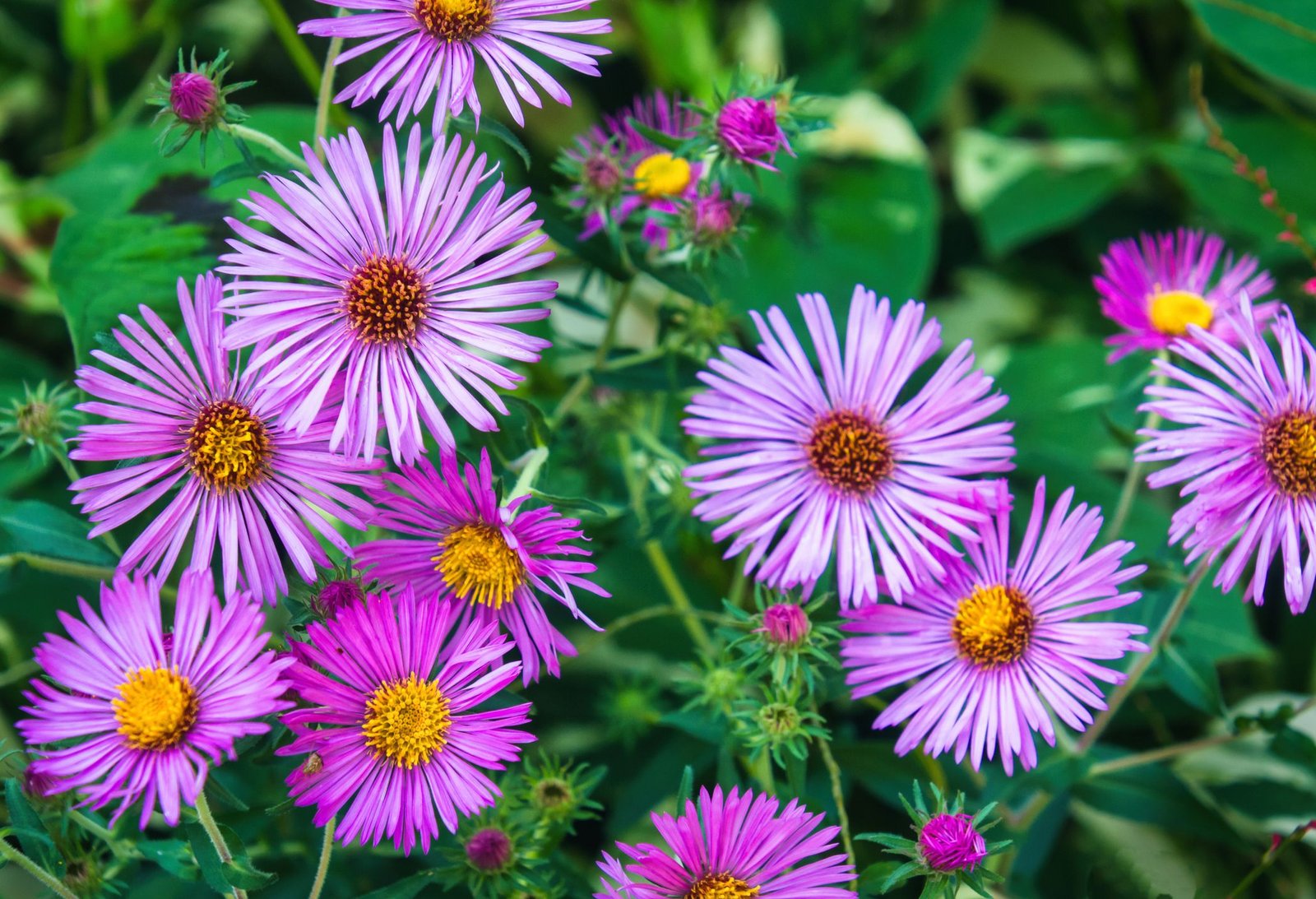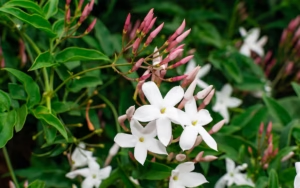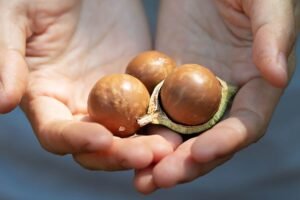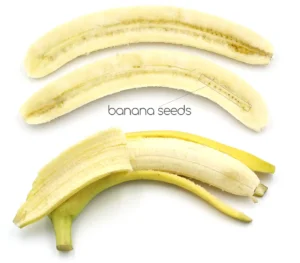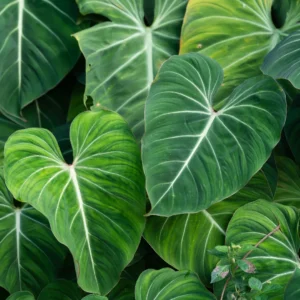Aster flowers are a beautiful and vibrant addition to any garden, with their stunning array of colors and long blooming season. These perennial plants can brighten up your garden from late summer into fall, offering a range of colors from purple and blue to pink and white. In this guide, we will explore everything you need to know about growing and caring for aster flowers, from planting and transplanting to dealing with common pests and diseases.
Aster Flowers Overview
To get started, here’s a quick overview of the essential details you need to know about aster flowers.
| Common Name | Aster Flowers |
| Botanical Name | Symphyotrichum spp. |
| Family | Asteraceae |
| Plant Type | Perennial |
| Mature Size | 1-6 feet tall, 1-3 feet wide |
| Sun Exposure | Full sun to partial shade |
| Soil Type | Well-draining, loamy |
| Soil pH | Slightly acidic to neutral (5.5 – 7.0) |
| Hardiness Zones | 3-8 |
| Native Area | North America, Europe |
| Toxicity | Non-toxic to humans, mildly toxic to pets |
Planting and Transplanting Aster Flowers
Planting aster flowers requires a bit of planning, but once you know the basics, you can successfully establish these plants in your garden. Asters prefer to be planted in well-draining soil with full sun exposure. It’s best to plant them in spring after the last frost, but they can also be transplanted in early fall.
Best Time to Plant Aster Flowers
The ideal time to plant aster flowers is in the spring, once the danger of frost has passed. You can also transplant asters in early fall, but make sure to allow the plants enough time to establish their roots before the winter freeze. When planting, space your asters about 18 to 24 inches apart, depending on the variety.
How to Plant Aster Flowers
- Prepare the soil: Make sure the soil is loose and well-drained. If your soil is heavy or clay-like, amend it with compost or organic matter to improve drainage.
- Dig the hole: Dig a hole slightly larger than the root ball of the plant. The hole should be deep enough to accommodate the roots without crowding them.
- Place the plant: Position the aster so that the top of the root ball is level with the surrounding soil. This ensures the roots can spread out properly.
- Backfill the hole: Fill in the hole with soil, pressing down gently to eliminate air pockets. Water thoroughly after planting to settle the soil around the roots.
Transplanting Aster Flowers
When transplanting asters, ensure that you handle the roots carefully. Transplanting should be done in early spring or fall to minimize stress on the plant. The process is similar to planting, but it’s important to prepare the new location ahead of time and ensure the soil is fertile and well-draining.
Aster Flowers Care
Caring for aster flowers is relatively straightforward. These plants are hardy once established, but they still need some attention throughout their growing season.
Watering
Asters need regular watering, especially during dry periods. Ensure the soil remains moist but not soggy. Overwatering can lead to root rot, so it’s essential to allow the soil to dry out slightly between watering sessions.
Fertilizing
Aster flowers benefit from occasional feeding. Apply a balanced fertilizer in early spring, just before the growing season begins. You can also apply compost or organic fertilizer to enrich the soil throughout the growing season.
Mulching
Mulching helps retain soil moisture and keeps the roots cool during the hot summer months. A layer of mulch around the base of the plant will also help prevent weed growth, which can compete with asters for nutrients and water.
Types of Aster Flowers
Aster flowers come in a variety of shapes, sizes, and colors, making them an attractive option for gardeners. Here are some of the most popular types of aster flowers:
New England Asters (Symphyotrichum novae-angliae)
New England asters are known for their tall stature and vibrant purple or pink flowers. These asters can reach up to 6 feet in height and bloom in late summer or early fall.
New York Asters (Symphyotrichum novi-belgii)
New York asters are shorter than New England asters and have a bushier appearance. They typically have purple, blue, or pink flowers and bloom in late summer or fall.
Smooth Asters (Symphyotrichum laeve)
Smooth asters are known for their smooth, almost hairless stems and leaves. They produce blue or lavender flowers and are more compact than other types, growing up to 3 feet tall.
Alpine Asters (Aster alpinus)
These asters are ideal for rock gardens or alpine environments. They are smaller in size, growing up to 18 inches tall, and produce daisy-like flowers in shades of pink, purple, and white.
Pruning Aster Flowers
Pruning asters is essential to maintaining their health and appearance. It encourages more compact growth and promotes better flowering.
When to Prune
Pruning should be done in late fall or early spring when the plant is dormant. You can also prune asters after they finish blooming to remove spent flowers and encourage new growth.
How to Prune
- Deadheading: Remove spent blooms regularly throughout the growing season to encourage continuous blooming. Use sharp shears to snip the flower heads back to the first set of healthy leaves.
- Cutting Back in Fall: In late fall, cut back the stems to about 6 inches above the ground. This helps prevent diseases and ensures healthy new growth in the spring.
- Shaping: If your asters are becoming too leggy or unruly, you can trim back the stems during the growing season to maintain a tidy appearance.
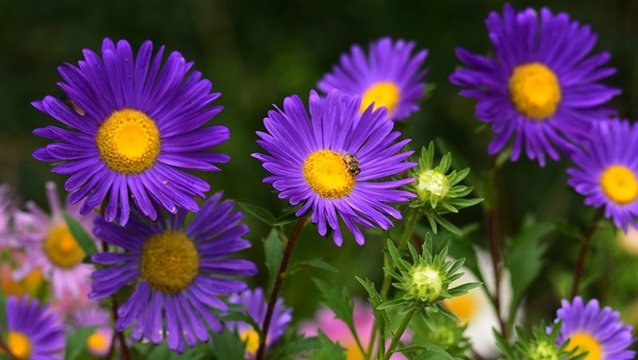
Propagating Aster Flowers
Aster flowers can be propagated through several methods, including division and cuttings. Dividing asters is the most common and easiest method.
Propagation by Division
- Timing: The best time to divide asters is in early spring or fall, when the plants are not actively blooming.
- How to Divide: Dig up the entire plant and carefully separate the roots into smaller sections, ensuring each section has both roots and shoots.
- Replanting: Replant the divisions in a new location, following the same planting steps as for a new plant.
Propagation by Cuttings
Aster cuttings can be taken in early summer. Cut a healthy stem about 4-6 inches long, remove the lower leaves, and dip the cut end in rooting hormone. Place the cutting in a pot with moist soil and cover with a plastic bag to create humidity. Roots should develop in a few weeks, after which the cutting can be transplanted.
How to Grow Aster Flowers From Seeds
Growing asters from seeds is a cost-effective way to expand your garden. While it may take a little longer for the plants to mature, the process is relatively simple.
Starting Seeds Indoors
- Timing: Start seeds indoors 8-10 weeks before the last expected frost.
- Sowing Seeds: Fill seed trays with a seed-starting mix and plant the seeds about ¼ inch deep. Keep the soil moist and place the trays in a warm, sunny location.
- Transplanting: Once the seedlings have developed strong roots and are large enough to handle, harden them off by gradually exposing them to outdoor conditions before transplanting them into the garden.
Direct Sowing Outdoors
If you live in a warm climate, you can sow asters directly outdoors in early spring after the danger of frost has passed. Choose a location with full sun and well-drained soil.
Potting and Repotting Aster Flowers
While asters are typically grown in the ground, they can also be grown in containers. Potting asters requires choosing the right size pot and ensuring good drainage.
Potting Aster Flowers
Choose a container that is at least 12-14 inches in diameter. Fill the pot with well-draining potting mix, and plant the aster as you would in the ground, ensuring the root ball is level with the soil.
Repotting Aster Flowers
Repot asters when they outgrow their container or when the soil has become depleted of nutrients. Carefully remove the plant from its pot, prune any damaged roots, and place it in a larger pot with fresh potting mix.
Overwintering Aster Flowers
Asters are hardy perennials, but they still need some protection during the winter months, especially in colder climates. Mulching is the best way to ensure your asters survive the winter.
How to Overwinter Aster Flowers
- Mulching: Apply a 2-3 inch layer of mulch around the base of the plant to insulate the roots. This helps keep the soil temperature stable and prevents frost damage.
- Cutting Back: After the first frost, cut back the stems to about 6 inches above the ground. This helps prevent disease and encourages new growth in the spring.
Harvesting Aster Flowers
Aster flowers can be harvested for fresh bouquets or dried arrangements. To harvest asters, use sharp scissors or pruning shears to cut the stems just above a set of leaves. This encourages the plant to continue blooming.
Tips for Harvesting Aster Flowers
- Morning Harvest: Harvest asters in the morning when the flowers are freshest and most hydrated.
- Cutting Stems: Always cut stems at an angle to prevent water from collecting at the base, which can promote rot.
Uses for Aster Flowers
Aster flowers are primarily grown for ornamental purposes, but they have a variety of uses in the garden and beyond.
Ornamental Use
Asters are a stunning addition to flower beds, borders, and containers. Their vibrant colors make them perfect for late-season blooms when many other flowers have finished blooming.
Medicinal Uses
Some species of aster flowers have been used in traditional medicine to treat a variety of ailments, including fevers and respiratory issues. However, always consult with a healthcare provider before using any plant for medicinal purposes.
Common Problems with Aster Flowers
Aster flowers are relatively low-maintenance, but like any plant, they can encounter a few problems. Here are some common issues you might face:
Powdery Mildew
Powdery mildew is a fungal disease that affects asters, especially in humid conditions. To prevent it, ensure good air circulation around the plants and water the soil rather than the foliage. If mildew does appear, remove affected leaves and apply a fungicide.
Root Rot
Overwatering can lead to root rot, a common problem for asters. To prevent this, ensure the soil is well-draining and avoid excessive watering.
Common Pests and Plant Diseases
Asters can be susceptible to several pests and diseases, but most can be managed with proper care.
Aphids
Aphids are small, sap-sucking insects that can damage aster flowers. They can be controlled with insecticidal soap or by introducing beneficial insects like ladybugs.
Slugs and Snails
Slugs and snails can damage the leaves and stems of asters, especially in moist conditions. Use slug traps or apply slug bait to control these pests.
Aster Yellows
Aster yellows is a disease caused by a phytoplasma, which can lead to yellowing of the leaves and distorted flowers. There is no cure for this disease, but affected plants should be removed and destroyed to prevent the spread.
How to Get Aster Flowers to Bloom
Asters are known for their long blooming season, but there are a few tips to encourage them to bloom more profusely.
Full Sun Exposure
Asters thrive in full sun. Ensure they receive at least 6 hours of direct sunlight each day for optimal blooming.
Regular Deadheading
Deadheading spent flowers regularly encourages more blooms and keeps the plant looking tidy.
FAQ
Q: How often should I water aster flowers?
A: Water asters regularly, especially during dry spells, but allow the soil to dry out between waterings to prevent root rot.
Q: Can I grow asters in containers?
A: Yes, asters can be grown in containers as long as the pot has good drainage and the plant receives enough sunlight.
Q: Do aster flowers need fertilizing?
A: Asters benefit from occasional feeding with a balanced fertilizer in early spring.
Q: Are asters deer-resistant?
A: While asters are not completely deer-proof, they are less likely to be eaten by deer compared to other plants.
Read also: How to Grow and Care for Pink Peonies: A Complete Guide

